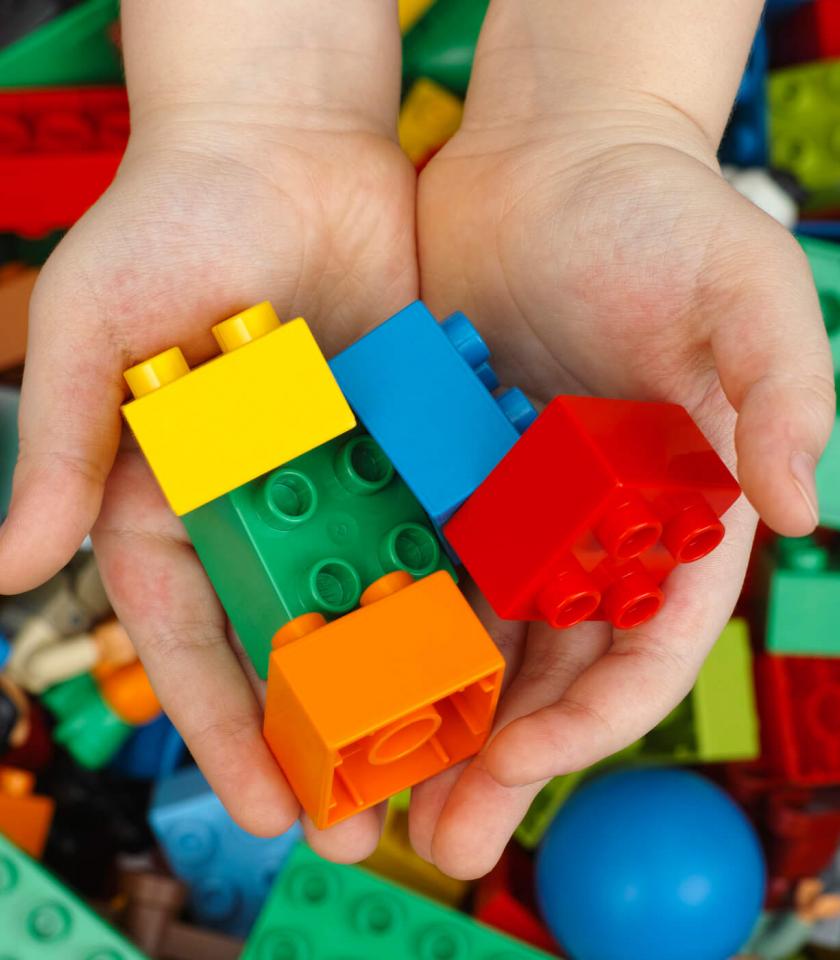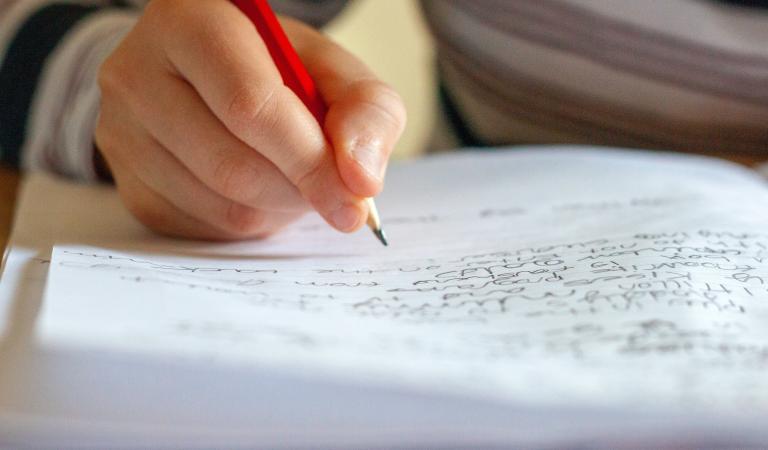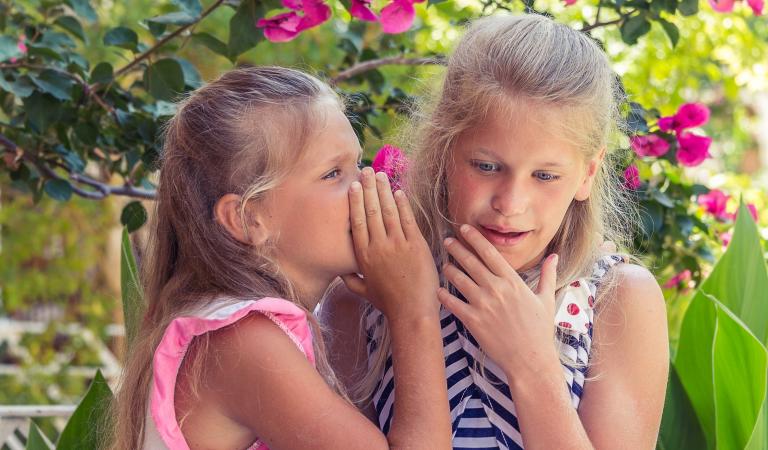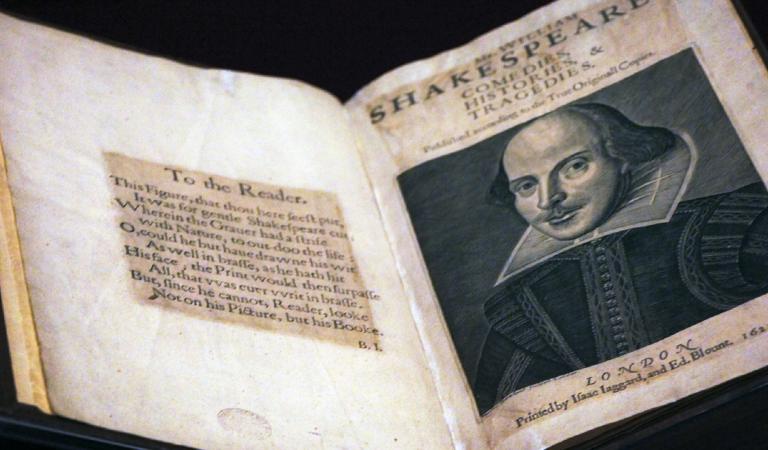So what exactly is realia?
The Oxford Learner’s Dictionary defines realia as “ordinary objects used in a class for teaching purposes”.[1]
Ordinary objects? That seems to encompass an extensive range of possibilities, so perhaps it’s more productive to start from what realia is not. As Younger Learner (YL) teachers, we often find ourselves in the very fortunate position of having access to a plethora of invaluable teaching resources; everything from course books, activity books and teachers’ books to resource packs, flash cards, course book posters, photocopiable materials, and even puppets. Perhaps with the exception of puppets, these objects very much belong to the realm of ‘teacher materials’, and we’re unlikely to find ourselves using them in our day-to-day lives outside of the YL classroom.
But when we consider that so many of our learners attend English classes with the very goal of being better able to use English out in the real world, what can we bring into our classrooms from our everyday lives to really help bring English to life for our learners? Well, here are nine suggestions of different types of realia to enhance your YL classroom experience and engage your learners:
(Story)books
‘Are you sitting comfortably? Then I shall begin’[2] Particularly for our youngest YLs, storybooks can be treasure troves of content and language, bringing to life grammar and vocabulary that otherwise might be considered ‘above the level’ for our learners. Whether as the foundation for a topic-based unit, or as a self-access resource for fast finishers, storybooks are a vital part of any YL teacher’s realia toolkit. And while there exists an ever-growing collection of graded readers tailored to YLs, there’s nothing quite like a childhood classic told in an engaging way to bring a little magic into the classroom.
Music
For (almost) as long as there have been YLs learning English, there have been YLs singing songs. But gone are the days where we were restricted to the course book CD for our musical melodies, and with YouTube offering instant access to great channels such as Super Simple Songs[3], The Kiboomers[4] and Fun Kids English[5] to name just a few, you’ll be hard pressed not to find the perfect song for your next YL lesson.
Video
YouTube and, more recently, Netflix have opened up so many possibilities for the YL teacher to bring media and real-world content into the classroom. Whilst keeping in mind age and culturally appropriate considerations, videos can be used to great success for anything from context setting to backs to the board dictations, from prediction to storyboarding, and are a mine of valuable vocabulary and grammar that otherwise may appear quite abstract for our learners.
Lego
In recent years, Lego has frequently raised its head in close connection with Task Based Learning in the YL classroom[6], and is undoubtedly a flexible resource. Like its older cousin Cuisennaire Rods, Lego can be a great way to engage our more kinaesthetic YLs in the classroom. Whether they’re building their own towns, interior designing, recreating family trees or instructing each other in building their latest creations, Lego is a springboard for lots of student centred interaction and information exchange.
Maps
At the risk of embodying a real life TEFL dinosaur, maps, not of the Google variety, are the focus here. City maps, country maps, zoo maps, treasure maps… the options, and the language possibilities, are endless. Whether taking on the role of tour guides, explorers or cartographers mapping their own uncharted worlds, working with maps brings to life a whole range of topics from directions to geography, places in a town to language for recommendation and suggestion.
Postcards
From maps to postcards, we seem to be wandering further down memory lane. But bear with me, as the nostalgia many of us feel for postcards can be transferred into curiosity in our YLs. If a picture tells a thousand words, this can only be doubly true for a postcard which not only represents a place but also someone’s experience and memories of that place and time. Taking your images away from a projected photograph and onto a solid piece of card that students can can touch and exchange, that they can turn over and access further information about, is a stepping stone to a world of ideas and inspiration for students’ own writing and speaking.
Photographs
Our own? Students’? Carefully sourced from Google? Slow revealed through a keyhole? Turned into a jigsaw? When it comes to photographs, the possibilities are endless. On CELTA we talk about ‘activating schemata’ and ‘generating interest’ and the power of photographs in helping us to bring meaning into the YL classroom is unparalleled. Few tools are more generative than an image when providing students with a springboard for ideas generation or language practice, and most teachers have a bank of photographs, carefully (or haphazardly!) stored with the perfect accompanying language point or topic in mind.
Our students
While clearly not objects, our students are people and what is the world made up of? People! Who will our students be using their English to communicate with? People! Who are they likely to be asking questions of and sharing experiences with? People! Our students, their interests and their experiences are invaluable resources in the classroom, and encouraging our YLs to take part in show and tell activities, to bring in their own realia from home and holidays, and to find connections between the language they study in class and their own experiences can be incredibly motivating for teachers and learners alike.
Ourselves
Much like our students, us teachers are people too and we often come with an interesting story or two to share in the classroom. While we never want our classrooms to become ‘The (insert teacher’s name here) Show’, building in the occasional live listening activity for teenagers, or bringing in a souvenir or two from our recent adventures can really help to bring a new topic to life and remind our learners of the global nature of English. Predicting a holiday itinerary from a selection of travel paraphernalia, or attempting to recreate a day trip based on a seemingly unconnected collection of objects, has the potential to produce and unprecedented level of speculation and communication from our learners.
Be these new suggestions, or a memory jog for those ideas squirrelled away for a rainy day, I hope you and your learners have fun experimenting with some of this realia in the classroom!
References:
[1] Oxford University Press (2019) Oxford Learner’s Dictionaries available online at: www.oxfordlearnersdictionaries.com/definition/english/realia?q=realia Accessed on: 28.09.19
[2] BBC Radio (1950-1982) ‘Listen with mother’ available online at: https://www.bbc.com/historyofthebbc/anniversaries/january/listen-with-mother Accessed on 28.09.19
[3] Super Simple Songs available at: https://www.youtube.com/channel/UC4P8csyQKa2_0D5-VtITRIg
[4] The Kiboomers available at: https://www.youtube.com/channel/UC4P8csyQKa2_0D5-VtITRIg
[5] Fun Kids English available at: https://www.youtube.com/channel/UC4P8csyQKa2_0D5-VtITRIg
[6] Bish, D and Cojocnean, D (2017) Using Lego as an English Language Learning Tool available at: https://www.slideshare.net/eaquals/david-bish-using-lego-as-an-english-language-learning-tool-75617129 Accessed 29.09.19






